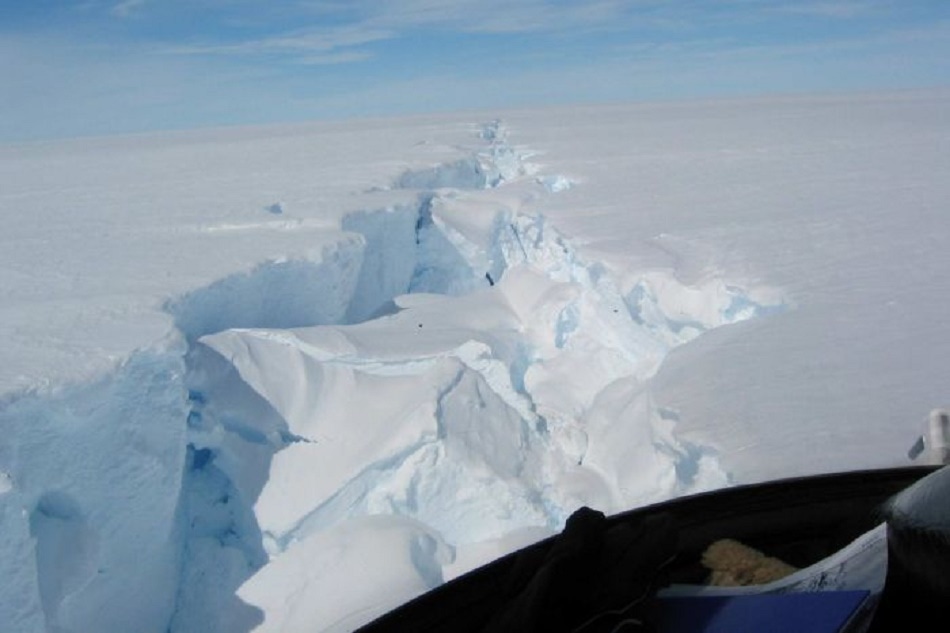
Image credit: Australian Antarctic Division
A 315 billion-tonne iceberg has broken off the Amery Ice Shelf in Antarctica. At 1,636 square kilometers, the iceberg is roughly the same size as the city of Sydney, making it the biggest iceberg to be produced by the Amery Ice Shelf in over 50 years.
While the events shocked scientists, who had been monitoring the area for a while in anticipation of a smaller detachment occurring, they claim that climate change isn’t the culprit.
The Largest Iceberg to Break Off from Amery Since the 1960s
This Saturday a huge body of ice came free from an area in East Antarctica known as the Amery ice shelf, which is the third largest in Antartica. The creation of the iceberg, known as D-28, was apparently overdue, and while its size is substantial scientists don’t think climate change is to blame.
A team of scientists from numerous institutions including the Australian Antarctic Program, University of Tasmania’s Institute of Marine and Antarctic Studies, and University of California San Diego’s Scripps Institution of Oceanography had been monitoring this area for the past two decades.
Their research indicated that an iceberg would be produced from this particular ice shelf between 2010 and 2015, however, the event never happened. Instead, several years later a larger sized iceberg has broken off in a slightly different spot than was predicted. Scientists had originally expected to see an area known as “loose tooth” break off, but instead an area adjacent, D-28, was the section which became free.
It’s the biggest iceberg to have broken off from the ice shelf since the 1960s, when an even larger, 9,000 square kilometer iceberg was created as a result of a major “calving event”.
Impact on Melting of Entire Ice Shelf
Scientists have explained that the impact of the iceberg formation will not directly affect sea level, and this is due to the fact that the ice shelf that it broke off from was already floating. However, scientists will be monitoring how the loss of ice will impact the ocean melting beneath the ice shelf. They will also collect data to see if D-28 will impact the speed at which the ice flows off the continent.
Further potential negative repercussions of Saturday’s event also include the possibility that D-28 will collide with a ship. Satellite imagery will be used to oversee its movements to help make sure that this won’t happen as it’s expected to take at least a few years for the iceberg to melt entirely.
Concerns Over the Antarctic’s Ice
Recent years have seen various headlines raising concerns about loss of ice in the Antarctic. Two years ago saw the calving of the world’s biggest iceberg, known as A68. The huge iceberg broke free from the Larsen C Ice Shelf, measuring 160 km in length, and weighing roughly 1.1 million tonnes.
In addition to this, earlier this year it was reported that the Ross Ice Shelf, which is roughly the size of France, is melting at an astonishing speed that is ten times what was predicted.
These events are concerning as ice shelves provide a barrier to glaciers, without them even more water is moved into the oceans and sea levels rise. Many of these events are linked with global warming, and scientists are raising concerns that this rapid loss of ice is irreversible. While scientists have commented that they do not believe D-68 to be directly caused by global warming, its effects may indirectly add to the rapidly speeding loss of ice sheets and rising sea levels.
Disclaimer: The views expressed here are those of the author expressed in their private capacity and do not necessarily represent the views of AZoM.com Limited T/A AZoNetwork the owner and operator of this website. This disclaimer forms part of the Terms and conditions of use of this website.